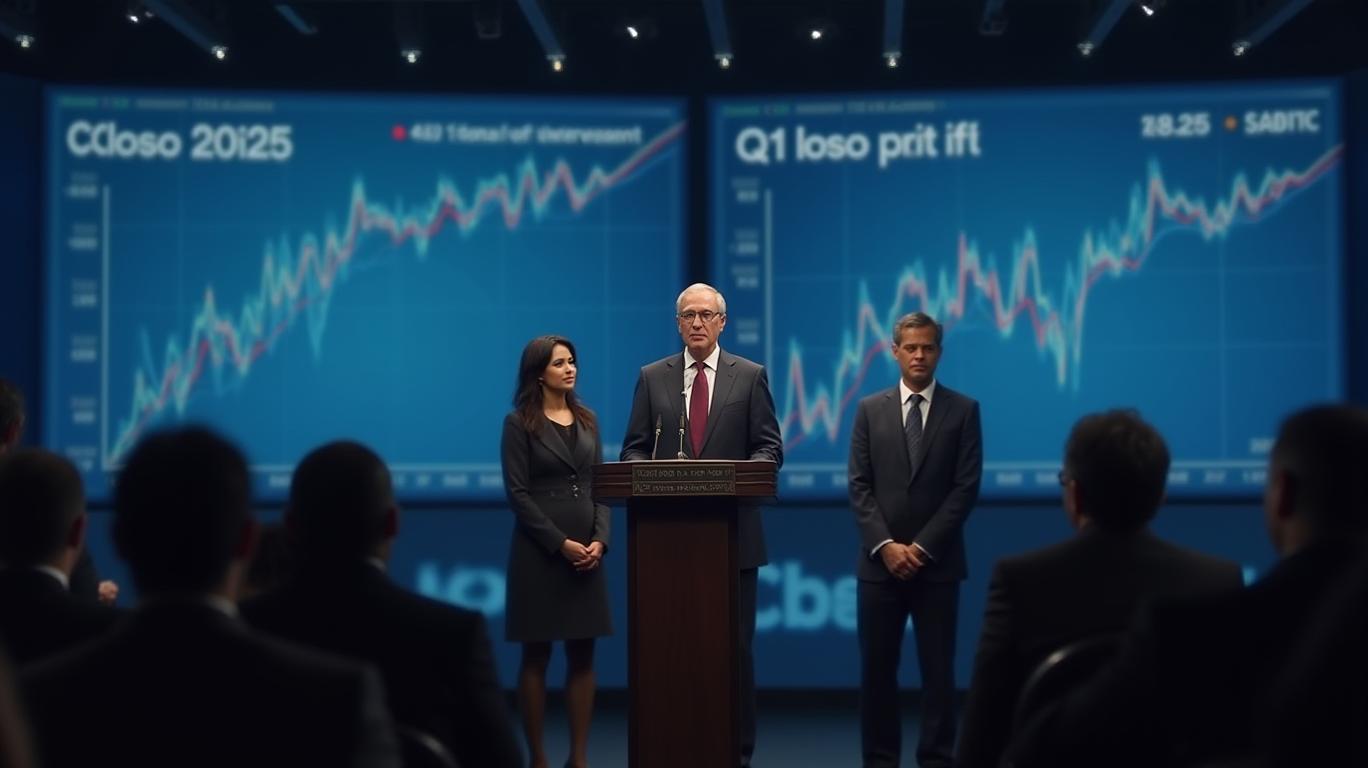Sabic's Q1 Loss: Navigating Headwinds or a Strategic Reset?
Saudi Basic Industries Corporation (Sabic) reported a net loss of SAR 1.21 billion (US$323 million) for Q1 2025, marking a stark contrast to its SAR 250 million profit in the same period last year. This disappointing result, driven by rising feedstock costs and strategic restructuring expenses, has sparked debate about whether Sabic is weathering temporary headwinds or facing deeper structural challenges. Below, we dissect the numbers, market reaction, and long-term implications for investors.
Financial Breakdown: Cost Pressures and One-Time Hits
Sabic’s Q1 loss stems from two primary factors:
1. Rising Feedstock Costs: Gross profit plummeted by SAR 1.05 billion due to higher raw material prices, squeezing margins in chemicals and polymers.
2. Non-Recurring Restructuring Costs: A SAR 1.07 billion expense tied to a strategic overhaul aimed at reducing annual costs by SAR 345 million by 2026.
While these factors were painful in the short term, they highlight a calculated move to improve efficiency. Excluding one-time costs, EBITDA rose 7% quarter-over-quarter to SAR 3.7 billion, with margins improving to 11% from 10% in Q4 2024. This suggests underlying operational resilience amid macroeconomic turbulence.

Revenue remained stable at SAR 34.59 billion, a 6% year-on-year increase driven by higher sales volumes, though average selling prices dipped slightly. Notably, Sabic Agri-Nutrients, a subsidiary, reported a 17% jump in net profit to SAR 985 million, buoyed by strong fertilizer demand. This division’s outperformance contrasts with the parent’s struggles, underscoring the uneven performance across Sabic’s portfolio.
Market Reaction: Mixed Signals Amid Uncertainty
The Q1 loss missed consensus estimates of a SAR 698.9 million profit, triggering immediate skepticism. Analysts split into bulls and bears:
- Bearish Concerns: Investors flagged Sabic’s declining equity (down 6% YoY to SAR 156.11 billion) and negative free cash flow (SAR -1.35 billion), which raised liquidity concerns.
- Bullish Arguments: The restructuring’s long-term savings potential and SAR 345 million annual cost cuts were seen as positives. SABIC’s 5/5 Dividend score (Smartkarma) also reassured income-focused investors.
The stock price reaction reflected this duality.
While the stock dipped initially, it stabilized as investors parsed the restructuring’s strategic value. Analyst ratings remain mixed (8 Buys, 8 Holds, 2 Sells), with the Smartkarma Smart Score of 3.6/5 highlighting cautious optimism.
Future Outlook: Structural Reforms vs. Sectoral Challenges
- Strategic Restructuring: The SAR 1.07 billion one-time cost is expected to yield annual savings of SAR 345 million, positioning Sabic to outperform peers once operational efficiency improves.
- Global Overcapacity: CEO Al-Fageeh warned that chemicals overcapacity—exacerbated by Chinese production growth and weak demand—will persist through 2025. This remains a key risk.
- Growth Initiatives:
- A $6.4 billion manufacturing complex in Fujian, China, targeting chemicals and polymers.
- A carbon-neutral electric steam cracker in the Netherlands, aligning with its 2050 net-zero goals.
These projects aim to expand market share and diversify revenue streams.
Conclusion: A Buy for the Long Game?
Sabic’s Q1 loss is a short-term stumble, not a terminal decline. While feedstock costs and overcapacity pose near-term hurdles, the restructuring’s cost-saving potential and strong subsidiary performance (e.g., Agri-Nutrients) suggest resilience.
Key Data Points:
- EBITDA (ex. special items) rose 7% QoQ to SAR 3.7 billion.
- Agri-Nutrients’ profit grew 17% YoY to SAR 985 million.
- Long-term savings: SAR 345 million annually post-restructuring.
Investors should monitor Sabic’s ability to stabilize margins and execute its growth projects. While the stock may remain volatile in the near term, its dividend strength (5/5) and strategic bets on sustainability and market share expansion make it a compelling long-term play.
For now, Sabic’s story is one of pain today for gain tomorrow—a bet worth considering for patient investors.
This analysis synthesizes financial data, market sentiment, and strategic initiatives to assess Sabic’s trajectory. Always conduct further due diligence before making investment decisions.

Comments
No comments yet